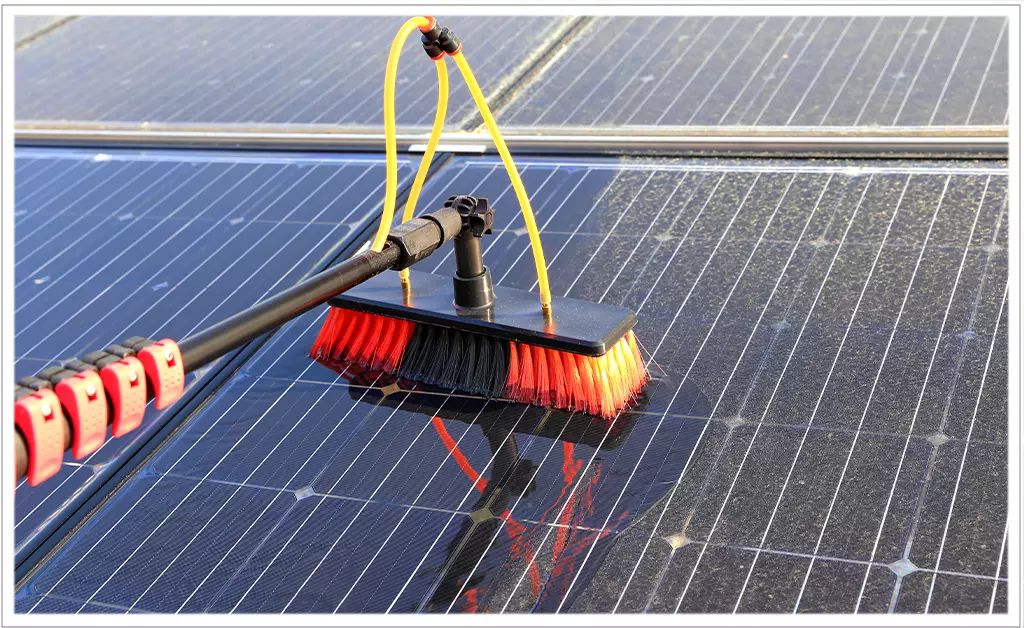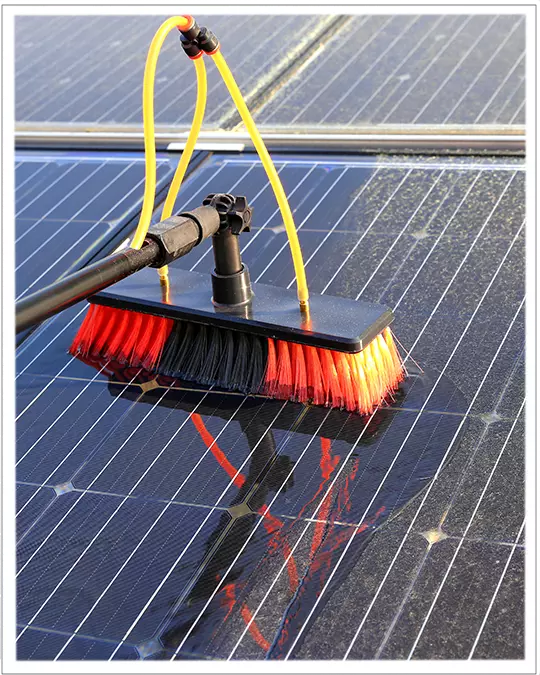

Warranties
The Solar System typically has Separate Warranties for each Component and the Installation that make up the System. Each Solar Panel has 2 different Warranties, Product and Performance Warranty.
Warranty is defined as, a Guarantee for Purchased Goods, that they are of the Quality Represented and will be Replaced or Repaired if found to be Faulty within a Pre Determined period of time.
PV Solar Warranty or Warranties may be very different from one Solar Company to another. Reading the Warranty and its Conditions is the only way to know the Coverage. A Sales Person may explain the Warranty differently than what is written.
Some Solar Companies may offer a Integrated Warranty to Cover all Components of the System including the Installation. Most Solar Companies are basically an Installation Company that purchases the System Components from various Vendors they consider to be Good and Reliable Products.
If the System Warranty is not Integrated then the Components of the System are covered by the Manufacture of that Component. An example, like the Micro Inverter even though it is attached to the Panel it may have been manufactured by a separate company that has their own Warranty.
Product Warranty
The PV Panels typically have a warranty Period of 10 to 25 years. The best PV Panels do Warranty their Panels for 25 years or more. Yearly or Twice Yearly Cleaning and or Maintenance may be a requirement associated with the Warranty Conditions.
String Inverter Manufactures usually provide a 5 to 15 year Warranty. The Standard is 10 years and some will offer extended Warranty for up to 20 years. String and Micro Inverters require little to no Maintenance and are very reliable so Warranty Problems usually are a rare occurrence.
Microinverters are becoming more popular but they are not always the best choice. Microinverters normally have a Warranty that is equal to the Panels for 25 years.
Performance Warranty
Degradation is the loss of a PV Solar Panels ability to Efficiently Generate Power over time.
Polycrystalline and Monocrystalline Panels experience Degradation when exposed to UV Rays from the Sun. The fastest Rate of Degradation is just after Installation. The 1st Year will see a Degradation of 2% to 3% then slows to about 0.5% per year.
The Performance Warranty is normally 25 to 30 years. Solar Panel Performance is tested in a Laboratory under ideal conditions to determine the Highest Output Rating. This Rating minus the allowed Degradation will determine if the Panel is under performing and is Warranty Replacement Justified.
Monocrystalline Panels have a slower rate of Degradation compared to the Polycrystalline Panels. The Lifespan between the two is somewhat equal.
Monocrystalline Panels the most common in Residential Solar Systems they are considered a Higher Quality and more Efficient than the Polycrystalline Panel. The color Black distinguishes Monocrystalline Panels from the Polycrystalline Panels that are Blue. Polycrystalline Panels are less expensive than the Monocrystalline Panels.
Installation Warranty
Installation Warranties can be from 1 year to 5 years. Each State or Municipality may require different lengths for the Installation Warranty Period. The Installation Warranty should Protect the Homeowner and cover any Damage caused from the Installation including Defective Material and Labor used for the Installation. It should go without saying that the Installation Contractor is Licensed, Bonded and Insured.
Transferable
When Purchasing a Solar System you should have the ability to Transfer any and all Warranties to a New Owner. Selling a Home with Solar can be to some, a Negative so you want to be able to give a Buyer the Remaining Warranty that could turn the Home Solar into a Positive.
Maintenance
What can cause your Solar Panels to decrease Generation Efficiency and Production.
Leaves, Dust, Dirt, Bird Droppings and the kind of Dirt Stains you see on your car after a Rain.
Rain Water can carry Dirt and Pollen that can collect on the Surface of your Solar Panels eventfully turning into a Muddy Residue that can cover a Significant portion of the Panel.
Some Tests by Colleges, Universities and Professional Research Organizations claim the Reduction can be from 3% to 30% depending on the Kind of Debris, the Area Affected and the Time between Cleaning.
Cleaning is recommended 1 or 2 times per year. Cleaning as a DIY Project would seem impossible for Most Roof Mounted Solar Systems, even a Single Story Home.
Cleaning is Risky and Dangerous for anyone, including the Average DIY Home Owner. Damaging the Surface of a Solar Panel can affect the Efficiency, Life Expectancy or even stop its Production.
Avoid using Cool or Cold Water on a Hot Solar Panel Surface that can Crack the Glass which will most likely render the Panel Worthless.
Cleaning should be done with Clean Water including a Mild Soap Mixture using a Soft Brush, Rinsing with Clean Water then Squeegee the Surface Dry.
Professional Solar Panel Cleaning Companies Do Strongly Discourage using any kind of Pressure Washer to clean Solar Panels or anything close to your Solar System. Pressure Washers produce a concentrated High Pressure Water Stream in a small area that can Push of Bend the Glass Surface.
Cleaning your Solar Panels may or may not be a requirement associated with the Warranty Conditions, check your Contract. Your Solar Installation Company may provide you with their recommendations for a Cleaning Schedule and Procedure.
You should closely Monitor your Systems Production or Output. If your Production has Decreased it may be a good indicator the your Panels may need cleaning or a Panel is not working properly.
Solar Production Monitoring may be part of your initial Installation, if not there are After Market Devises that can be Installed so you can Monitor Energy Production and Overall Energy use in your Home.
You will need to establish a baseline to go by, if the System is New it will be easy. Determining a baseline for an Existing System will require gathering Information from your Systems Components. Contact the Company that installed the System for that Information. If the System is more than a couple of years old you should consider Panel Degradation.
Solar Power Production is less on cloudy days and in the Winter Months because the days are shorter. If your Solar Power Production is below normal on a Sunny Day it may be an indication that there is a Problem that should be reported.
Comment Below
Like this Article, you can give us a Thumbs just click on the Icon. It's anonymous and we will Thank You.

“The Sun himself is weak when he first rises and Gathers Strength and Courage as the day gets on”
Charles Dickens
© Copyright 2023 YPRemodel.com. All rights Reserved. This material may not be Published, Broadcast, Rewritten or Redistributed without written Permission.
